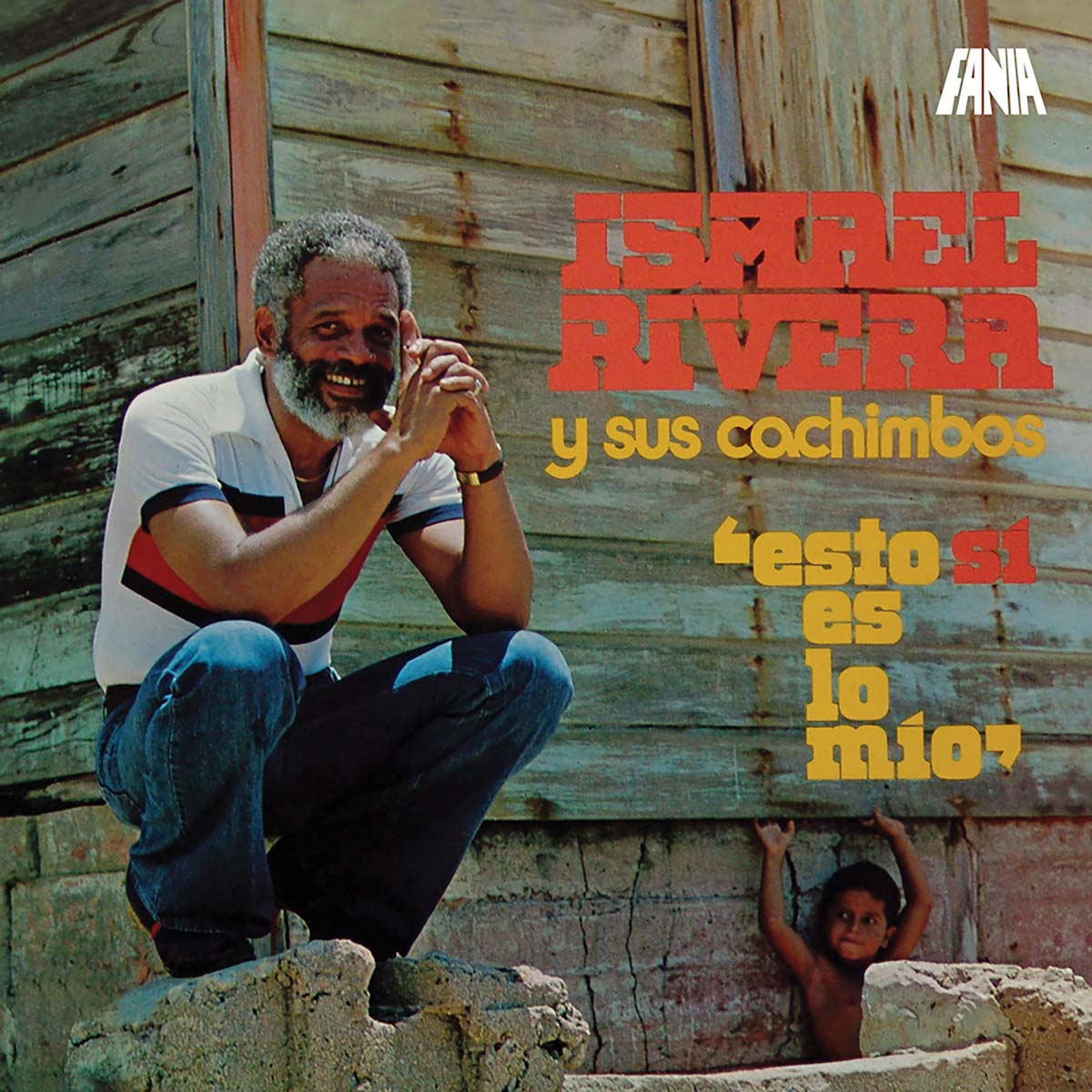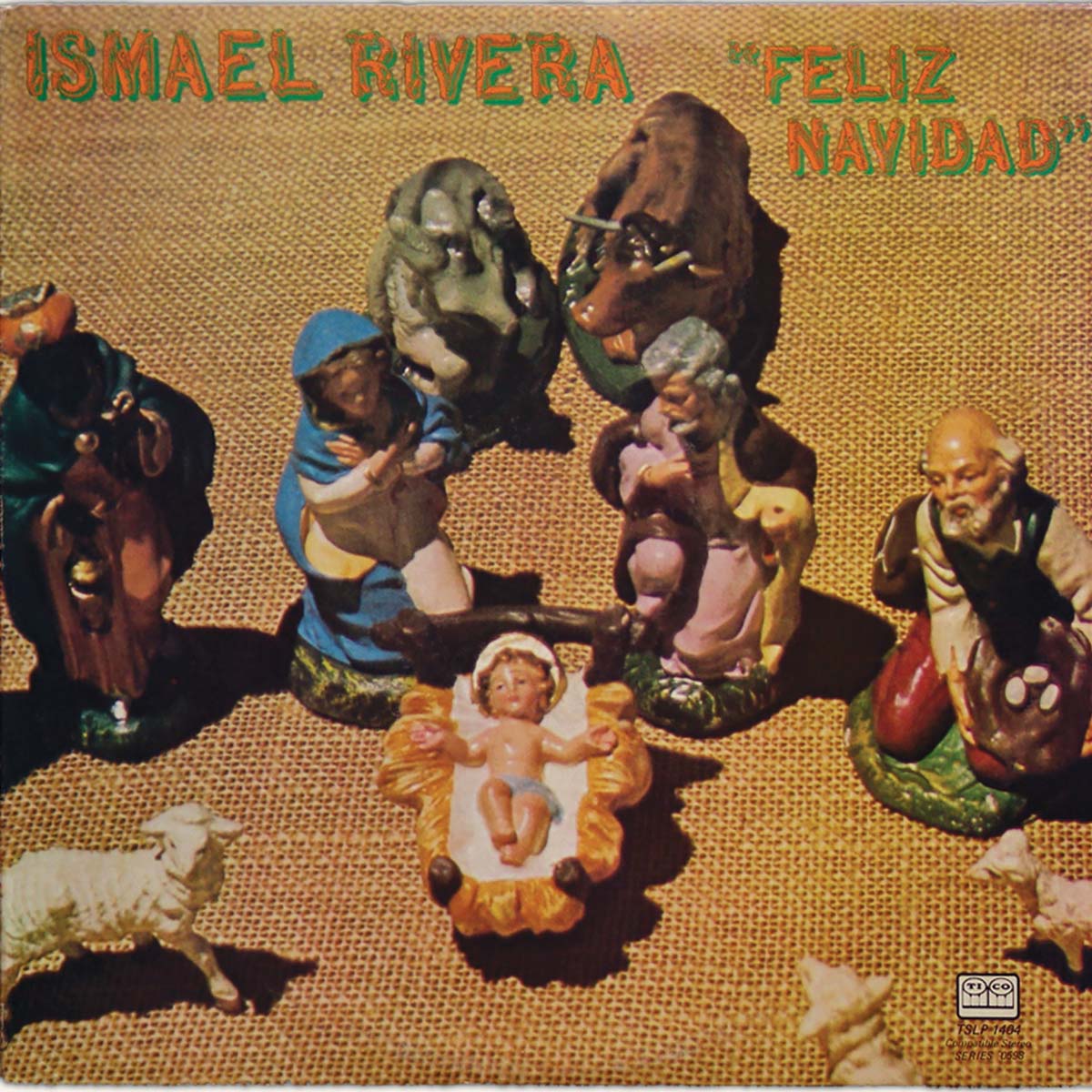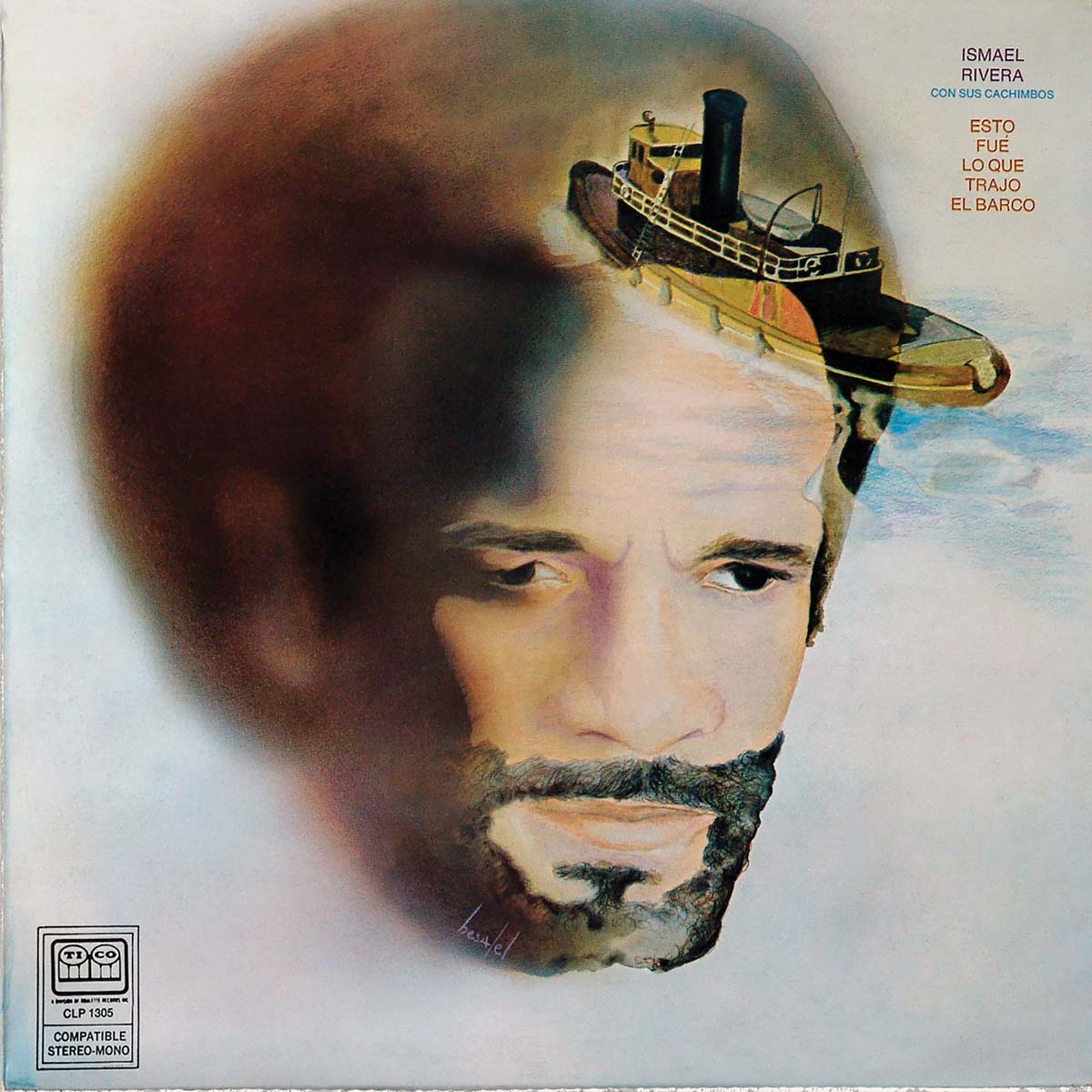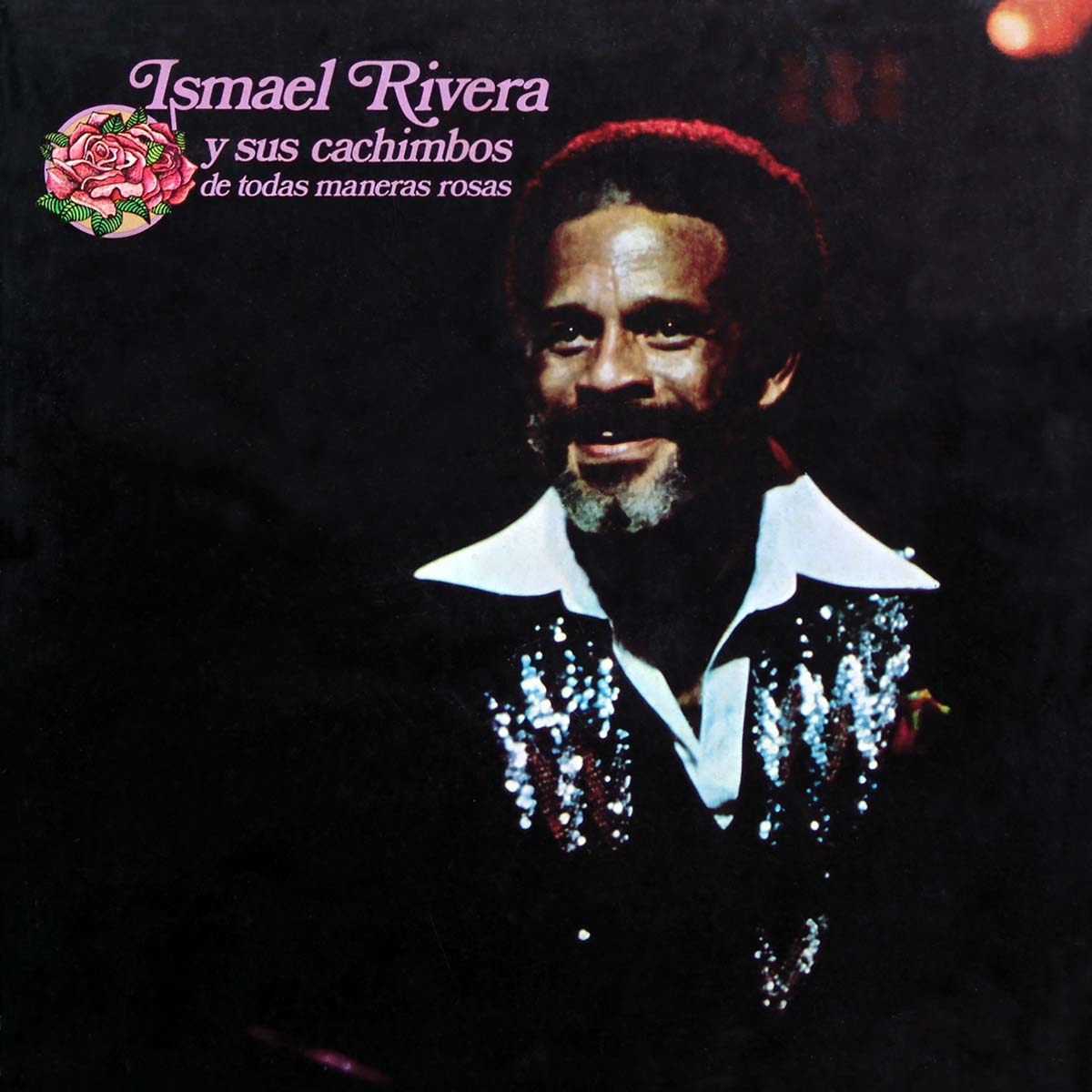
When Ismael Rivera (also known as Maelo) first got the guide tracks from Fania, he immediately put them into his portable recorder and began listening intently, nodding his head and then softly mouthing the lyrics he had already mastered for this recording. For the next few weeks, he was completely concentrated, captivated and in the zone. His compañera, Gladiola, would complain you couldn’t talk to him while he was working. He wouldn’t even watch Saturday Night Live, one of his favorite shows, with us. He’d just have the tape rolling, his mind and soul going over every note, while figuring out how and where to weave his rhythms of lyrics around the sound.
We were at his upper West Side, New York apartment that summer when he started to play around vocally with Mario Hernandez’s tres solo. Rivera had already made every word that Tito Curet Alonso wrote on “Las Caras Lindas” his own and was vacilando with savvy quips to punctuate the black pride he felt in expressing this particular number. Rafa Cortijo also was with us that afternoon as we all listened and talked about what El Sonero Mayor was about to do.
This time, he played the tape in the stereo, rewinding it over and over at the solo. As the music would start up again, he’d lean into the recording as if caressing it with his face, listening and snapping his fingers in clave before suddenly picking his head up sheepishly and saying, ”Oyeme,” and then humming the notes from the tres in a semi-scat form before coming up with the words that would syllabically conform to the rhythmic melody of instrument and voice. At this time, Rivera was the highest paid Fania artist second to Celia Cruz. And they hired the best musicians for this production. For the chorus, they brought on board Ruben Blades, Hector LaVoe, Nestor Sanchez and Adalberto Santiago. Rivera wanted to represent who he was and where he came from; the song “La Perla” did it for him. Another Curet Alonso composition, this son-guaguancó transports the listener to the coastal shanty town in the shadow of Puerto Rico’s La Fortaleza.
The recording’s cover depicts a very humble looking Maelo (Rivera) squatting in front of one of the houses built on the waters of Puerto Rico. The back cover has a hard working Rivera taking a gulp of mavi, featuring open doors that invite you into a world of struggling simplicity and humility—a chance to glance at his roots, which he was very proud of, and where those roots had taken him. Hernandez’s montunos on the tres gives “De Medio Lao” (by Javier Vasquez) a swaying, funky feel. For that recording, Maelo took Gladys, her relatives, Iraida and Freddy, and myself to the studio. We drove with him to midtown’s La Tierra Sound. Maelo took along his own pair of clave sticks he had made out of two pieces of wood. He then went into the studio booth, looked up and made a sign of the cross before taking off the wooden cross-carved with the face of the Black Christ from around his neck. He dangled it over the music stand, put on the cans (head sets), picked up his clave, “y ‘pa’n ‘cima.”
He watched as we danced bomba during the instrumental mambo. He smiled and opened the second round of verses by calling out our names, “Gladiola, el Freddy, Iraida y Aurora, viene de lao.” A career-defining production, Esto Si Es Lo Mio brings out the best from a seasoned yet still tasty sonero of the 20th century. From Bobby Capó’s bomba “Ella No Merece Un Llanto” to Placido Acevedo’s “Comedia”, Maelo keeps it real, from its unorthodox cover to the last note of the song “Angelica”. While in the studio during the final stages of this production, we were talking with Louie Ramirez when a reporter walked in and asked Maelo what he thought about the first Latin music grammy. He answered: Grammy, hammy. In this business, you have to sell records. He’s still selling today.
Credits: Carlos Malcom (Rigo) – Timbales & Quinto (“La Perla”, “De Medio Lao” and “Ella No Merece Un Llanto”) Hector Zarzuela – Trumpet Manolin Gonzalez – Saxophone Victor Venegas – Bass Javier Vasquez – Piano Jose Luis Gonzalez – Congas Victor Gonzalez: Bongo Ismael Rivera: Lead Vocals, Clave, Maraca and Guiro on “De Medio Lao” and “Ella No Merece Un Llanto” Chorus: Ruben Blades, Adalberto Santiago, Nestor Sanchez, Hector LaVoe. Producer & Director – Ismael Rivera Arranger & Musical Director – Javier Vasquez Studio – La Tierra Sound Engineer – Irv Greenbaun Remix – Irv Greenbaun & Ismael Rivera Mastering Cut – Sterling Sound Original Photos – Candido Ortiz Original Art & Design – Zina Torres
Written by Aurora Flores








